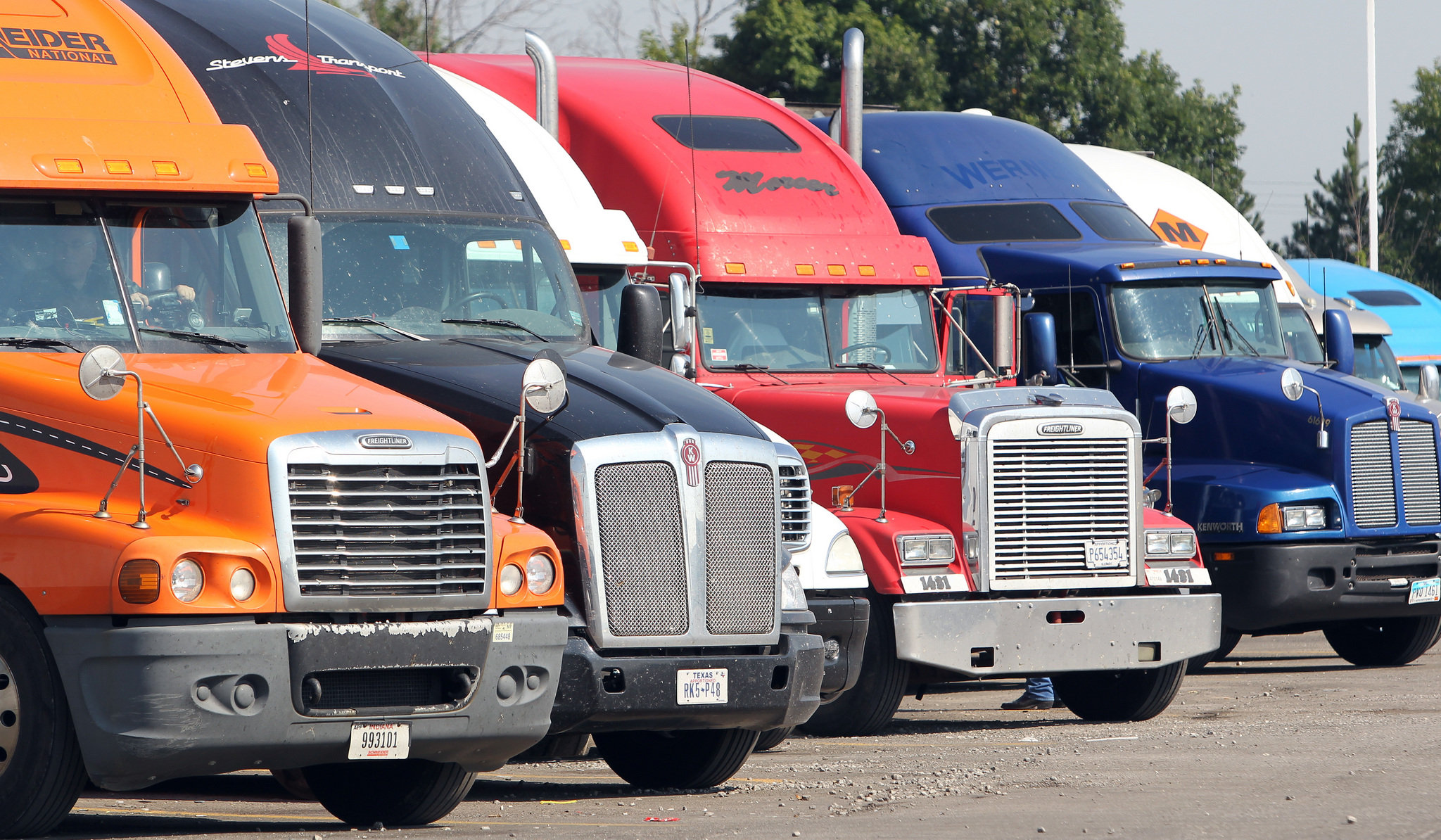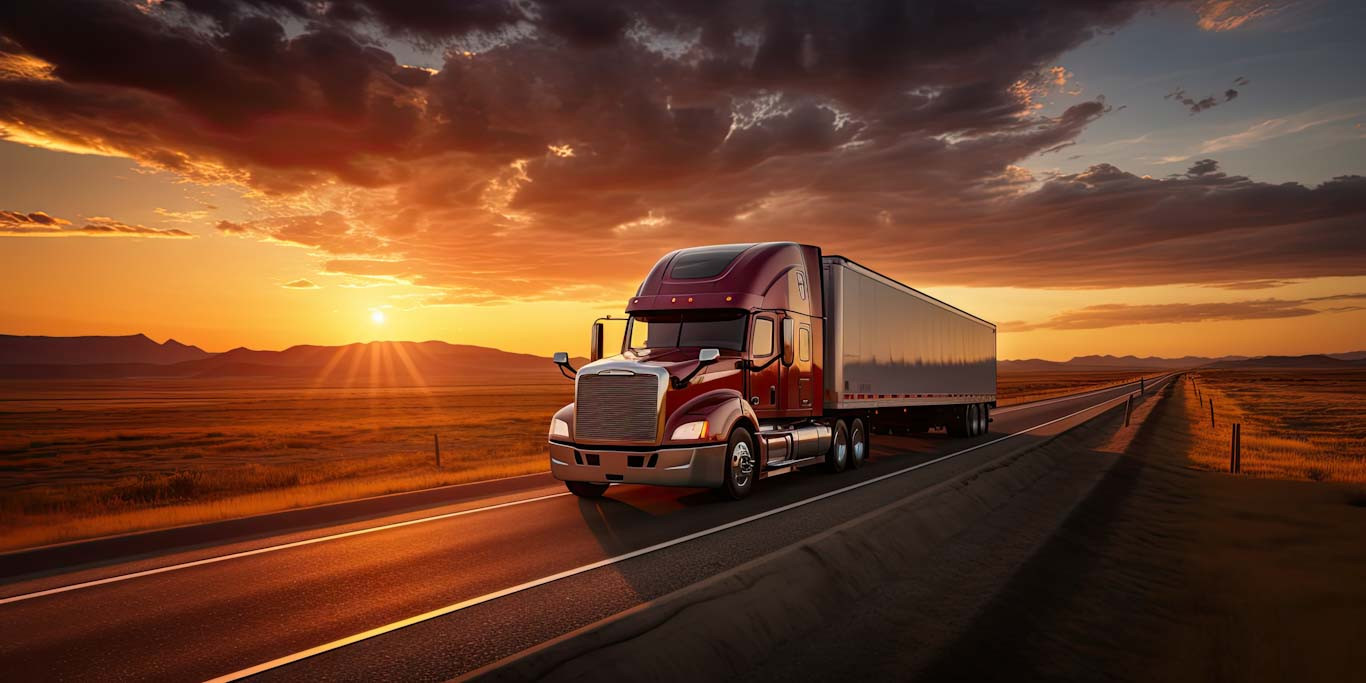Trucking Industry Best Practices
Dec 29, 2016 in Tips and Tricks, Trucking IndustryOperating private trucking fleets has never been an easy job. In fact, many expert analysts in the US have asserted that compared to 10 years ago, it’s more time-consuming and complex to manage a successful trucking business. This can be owed to the increased scrutiny and regulatory laws that all trucking fleets – corporate private and for-hire – are facing.
Whether it’s a possible decrease in the hours of service a driver can work or the FMCSA’s efforts to get rid of potentially dangerous drivers, reduce air pollution, and document all safety-related contracts, trucking operators have never been faced with more confusing assortment of standards and rules.
However, even with all these issues in compliance and strict laws, the $268 billion private fleet trucking market is thriving (and that too at a great pace). According to a research conducted by ACT (a private firm that specializes in tracking distribution and fleet size), it was revealed that private fleets make up approximately 38.6% in the market share of the trucking industry revenue pie of $563 billion.
This can be owed to their independent structure that boasts a long-range fleet management outlook to adapt to the changing conditions in a deregulated market place. Nevertheless, not all private firms have the ability of earning such great success. In order to ensure your business thrives in the tough trucking marketplace, make sure to familiarize yourself with these best practices:
 Image: iStock
Image: iStock
Long-Range Fleet Management Outlook
Every trucking business, be it private or not, must have a sound and strategic long-term fleet management plan that consists of goals, aims, and actions to streamline vehicle disposal, maintenance, and purchasing, along with ensuring quality employee hire and retention, and adherence to industry regulations. Since the main consideration for managing a fleet is dependent on the financial condition for covering all costs, it is important that you:
Set Up a Database Inventory
This approach towards fleet management enables trucking businesses to maintain a strict inventory system that gives it the capability of tracking trucks that are non-serviceable or serviceable. It may also help your company in identifying frame reports and high-cost vehicles that meet regulatory compliance, along with detecting the “needed” replacement for your vehicles.
Observe Vehicle Replacement Cycles
When it comes to ensuring safety and minimizing maintenance costs, it is important that you diligently observe proper vehicle replacement cycles. Typically, you must conduct a life cycle analysis that determines the appropriate cycle for vehicle replacement in your trucking company. Factors include quality of drivers, vehicle depreciation, truck maintenance, fuel consumption, resale value, and overhead value.
Adhering to Industry Regulations
The trucking industry plays a huge role in the American economy by providing transport to companies that require shifting of finishes goods, raw materials, and works in process over land – to retail distribution centers from manufacturing plants. Trucks are also used in the construction industry as portable concrete mixers or dump trucks (that move large amounts of concrete, rocks, dirt and other building materials). As a result, it is only wise for varied organizations to introduce industry regulations that must be followed to ensure safety, compliance, and accountability.
High-quality carriers will always adhere to these industry regulations and standards (so must YOU). Ensure that your trucking company is compliant with the industry requirements and market standards. Comply with the state and federal policies on fleet management. Understand and comply with all rules regarding the safety of interstate commercial driving, issued by the Federal Motor Carrier Safety Administration (FMCSA).
FMCSA makes it crucial for drivers for large buses and trucks (CMVs with a gross weight of 4,536 kg or 10,001 pounds) to obtain a commercial driver’s license (CDL) to operate. The regulation authority even makes it crucial that your buses and trucks all meet the vehicle emission standards. In addition, they also introduce various “driving strategies”. For instance, when truck drivers aren’t in motion, FMCSA has made it mandatory to idle their engines.
With the help of companies like IdleAir that provide electricity to diesel trucks, idling the engine helps minimize air pollution. Other areas of your fleet open to review, if they are adhering to laws and regulations include vehicles that use alternative fuels, monitoring of drivers, utilization, licensing and skills requirements, and fuel consumption. Keep in mind that regulations constantly change. It is important that you stay up to date with the latest ones:
 Image: iStock
Image: iStock
Recruitment and Retention of Employees
When it comes to a successful operating trucking business, there is no doubt the quality of your staff plays an important role. Get some prospective drivers to call your company, screen the prospects, ask for an application, approve the best applications, offer employment, schedule orientation, and complete road, drug, and physical test, complete orientation, and offer amazing incentives. For employees that have little experience, provide in-vehicle training, skip pan training, and post crash in-vehicle training.
Since trucking is a booming and billion dollar industry, bear in mind there is no dearth of jobs available. Drivers are in higher demand more than ever and it is rather easy for them to get better jobs elsewhere. So, make sure you take good care of the employees you hire. Provide them with reasonable incentives to guarantee they are happy working with you. Otherwise, your trucking business could suffer from a high turnover rate.
Background Screen for Compliance
Prior to offering employment, the FMCSA has set certain protocols that have to be met. Typically, you must obtain a three-year driving and employment history of each drive. The Department of Transportation (DOT) requires you to perform regular alcohol and drug testing programs, including CDLs. Motor carriers also have to monitor their employees on a regular basis.
Advices to Streamline Your Trucking Operations
- Equip all buses, trucks, and tractors with left and right fender mirrors.
- Establish mirror check stations and schedule departure times for each employee.
- Use electronic control module to identify drivers needing management attention or training.
- Provide written training meeting agendas and outlines to ensure full compliance when hired.
- Document all safety-related contacts with the company’s drivers in case of emergencies.
- Provide all drivers with route plans and maintain a spread sheet for issues faced in route.
- Provide drivers with written crash scene instruction and equip cameras in each ride.
So, now that you are familiar with the best practices mentioned above, streamlining your trucking industry operations won’t be a problem.



